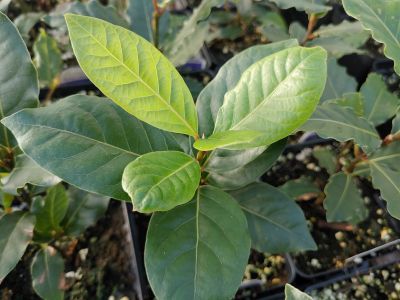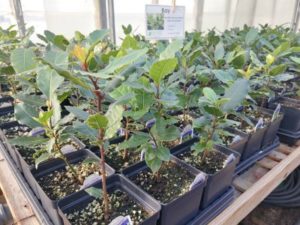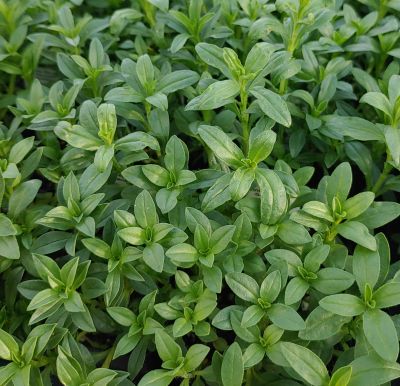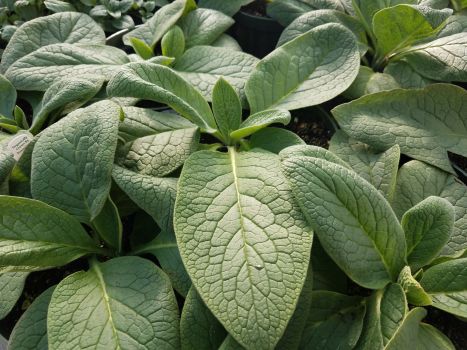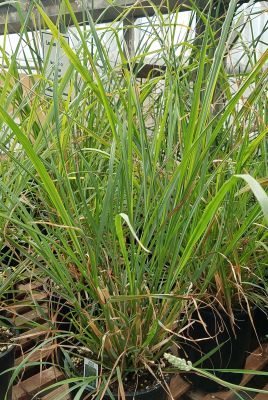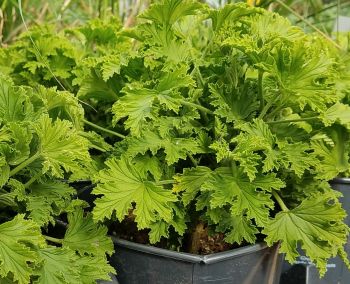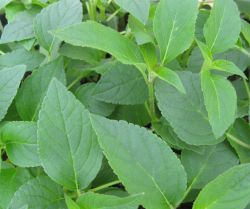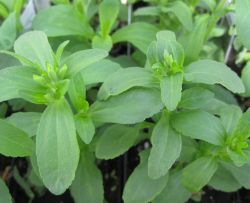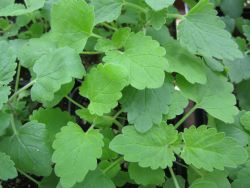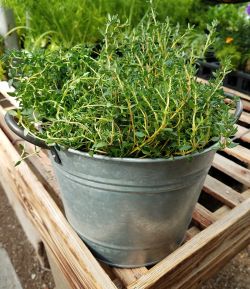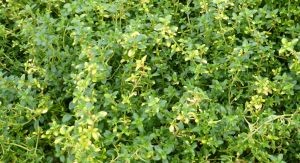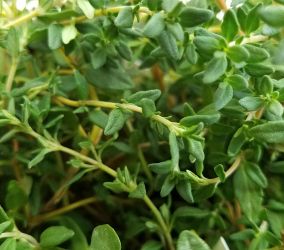As the name implies, you must handle with care. But, once cooked, this herb has many health benefits!
STINGING NETTLE (Urtica dioica)
A leafy stemmed erect perennial up to two feet tall. Stem is 4 sided. Leaves are opposite and simple with roughly serrated edges and stinging hairs. Flowers are green or pinkish clusters hanging from the upper leaf axlis. Found in moist rich often disturbed sites from foothills to montane.
Medicinal Uses: I really appreciate this plant! The aerial tops harvested before flowering are used as a nutritive tonic, high in iron, minerals, vitamins A&C, and a diuretic and urinary tract astringent. It is anti-allergenic and a natural antihistamine used to treat hay fever, pollen and food allergies, asthma, itchy skin conditions and insect bites. It also reduces bleeding associated with wounds, menstruation, bladder infections and hemorrhoids and increases mother’s milk flow. Other applications include kidney stones, premenstrual syndrome, benign prostatic hypertrophy, gout, multiple sclerosis, dental plaque, diarrhea, sciatica, arthritis, many respiratory conditions, Alzheimer’s and anemia. This is an amazing healing plant and should be in everyone’s home remedy collection.
Edible Uses: The stinging hairs are destroyed by thorough heating and drying. Collect the young leaves, especially in the spring, boil them and use like spinach. Avoid using the plant after flowers have appeared as hard particles called cystoliths are present and irritate the urinary tract. Use the nettle cooking water to make a hot tea with lemon and honey, or add salt and pepper and vinegar and used as a soup base. The young plants can be used to make tea, wine or beer. Gather the roots in the spring and cook them for a high starch addition.
Notes: the mature stems have a tough fiber used to make thread and twine, and woven into cloth. Leaves are used as a substitute for rennet. A yellow dye is obtained from the roots.
Garden Notes: Yes, you could have stinging nettle in your garden if you are brave enough! Brave to work around the stinging hairs, but also because they can be very aggressive. On the positive side, they are valuable for adding nutrients into the soil after being turned under and are thought to keep many pests at bay. All you need to get started is a little piece of root.
Caution: Diabetics should monitor their blood sugar if taking nettle. Internal consumption of older plants can cause kidney and urinary tract irritation. An antidote for the sting is nettle plant tea or wash used externally. Other antidotes are dock, plantain, violet, mullein and hound’s tongue. This stinging comes from the formic acid in the hairs covering the plant. Harvest wearing long sleeves and gloves to avoid skin irritation.
Nettle Infusion: Two cups of nettle leaf infusion can provide all the vitamins and minerals one needs for a day. In a quart jar, cover 1 cup (one ounce) of dried nettles with very hot water and steep for 4-8 hours. Strain and drink hot or cold. Store in refrigerator up to 24 hours. Use leftover liquid as plant fertilizer and place plant matter in compost.
Sourced From: Edible and Medicinal Plants of the Southern Rockies; Foothills to Alpine in Colorado, Wyoming, Utah and Idaho. By Mary O’Brien and Karen Vale 2015


